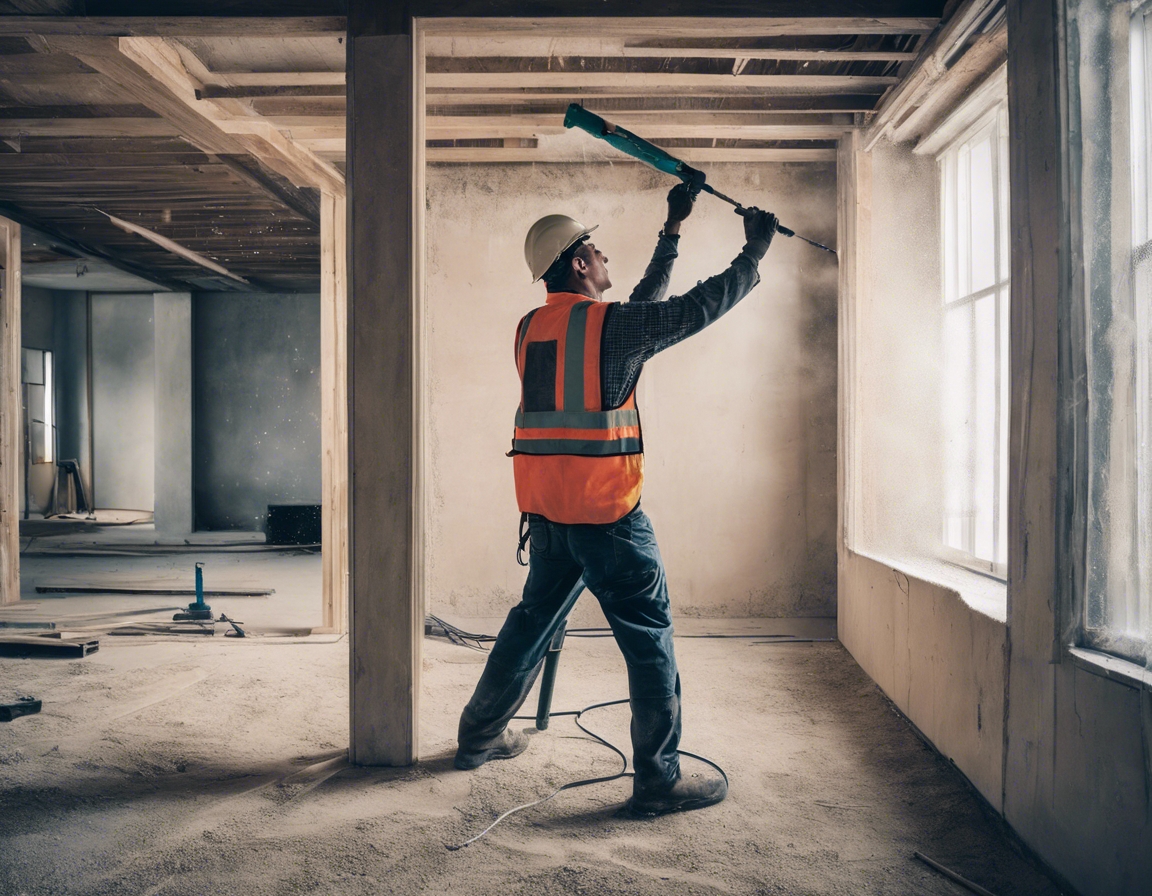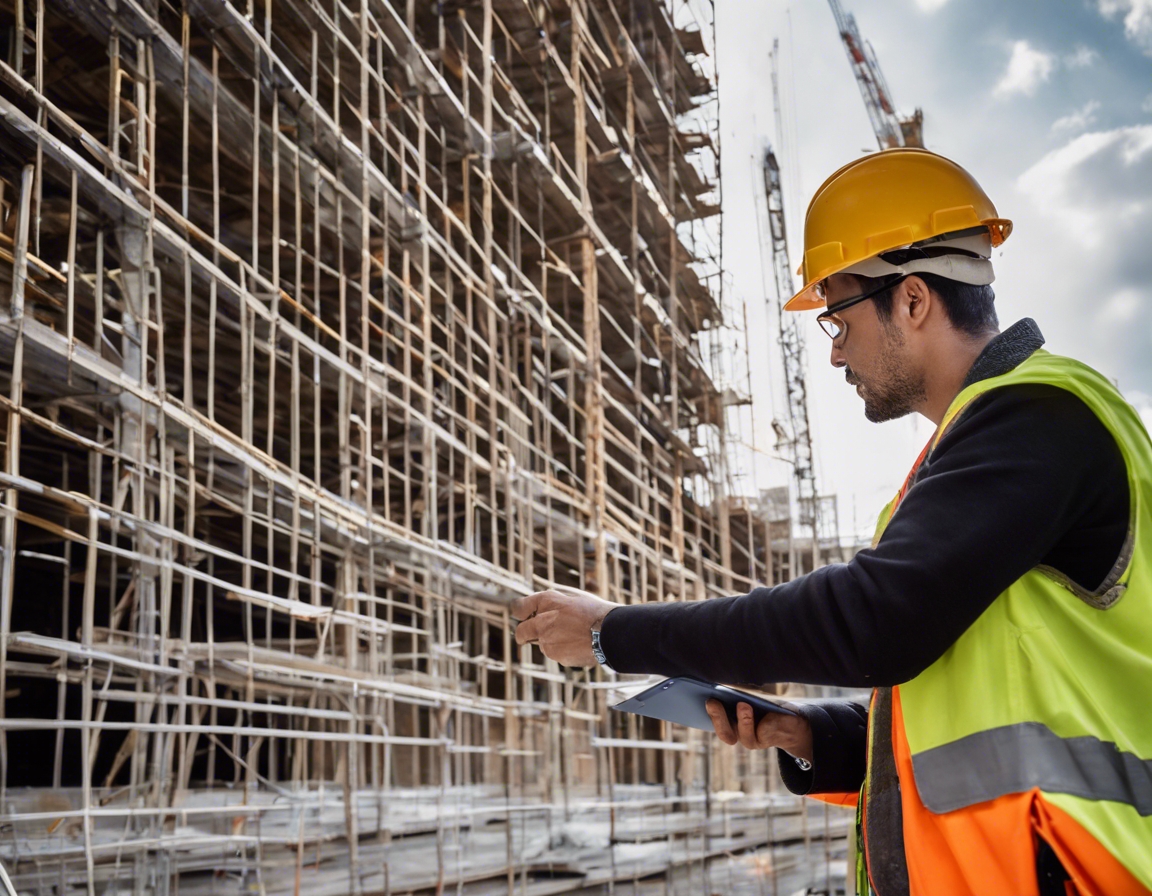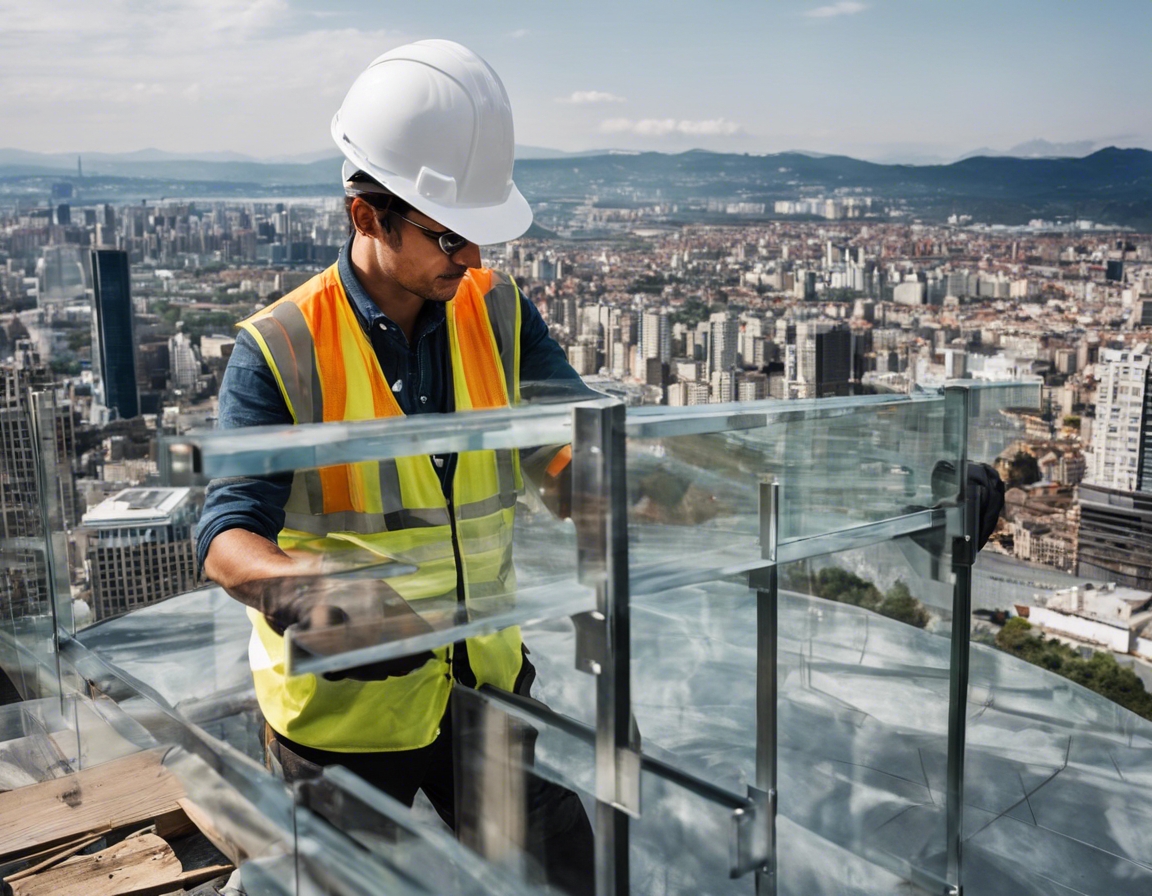5 trends in facade construction you can't ignore
The facade of a building is more than just an aesthetic statement; it's a critical component that defines the building's identity, energy efficiency, and its interaction with the environment. A well-designed facade can significantly enhance the value and functionality of a property.
Over the years, facade construction has evolved from traditional designs to incorporate advanced materials and technologies. Today, it reflects a blend of aesthetics, sustainability, and innovation.
Trend #1: Energy Efficiency and Sustainability
Modern facades are increasingly designed with energy efficiency in mind. High-performance insulation materials and glazing technologies are being used to minimize heat loss and reduce energy consumption.
There is a growing trend towards using sustainable materials such as recycled glass, reclaimed wood, and eco-friendly composites. These materials not only reduce the environmental impact but also offer long-term cost savings.
Trend #2: Dynamic and Adaptive Facades
Adaptive facades can respond to environmental conditions, such as sunlight and temperature, to optimize indoor comfort and energy efficiency. This is achieved through the use of automated shading systems, ventilation flaps, and other responsive features.
Smart glass technologies allow facades to change their transparency in response to external stimuli, providing control over light and heat entering the building. Other innovative materials include photovoltaic panels that integrate seamlessly into the facade, generating renewable energy.
Trend #3: Advanced Fabrication Techniques
3D printing is revolutionizing facade construction by allowing for complex shapes and forms to be created with precision and efficiency. This technology also enables customization at a lower cost and with less waste.
Prefabricated facade elements are manufactured off-site and then assembled on-site, reducing construction time and labor costs. Modular systems also offer flexibility in design and can be easily replaced or updated.
Trend #4: Integration of Nature
Biophilic design incorporates elements of nature into the facade, promoting a connection between the occupants and the natural environment. This approach has been shown to improve well-being and productivity.
Living walls and vertical gardens are becoming popular features in facade design. They not only enhance the building's appearance but also contribute to air purification and biodiversity.
Trend #5: Cultural and Contextual Design
Facades that reflect the cultural heritage and local context of a building can foster a sense of identity and continuity. This trend involves using traditional materials and motifs in a contemporary manner.
Designing facades that are sensitive to their context, including the local climate, landscape, and urban fabric, ensures that buildings are harmonious with their surroundings and meet the specific needs of the area.






Comments (0)